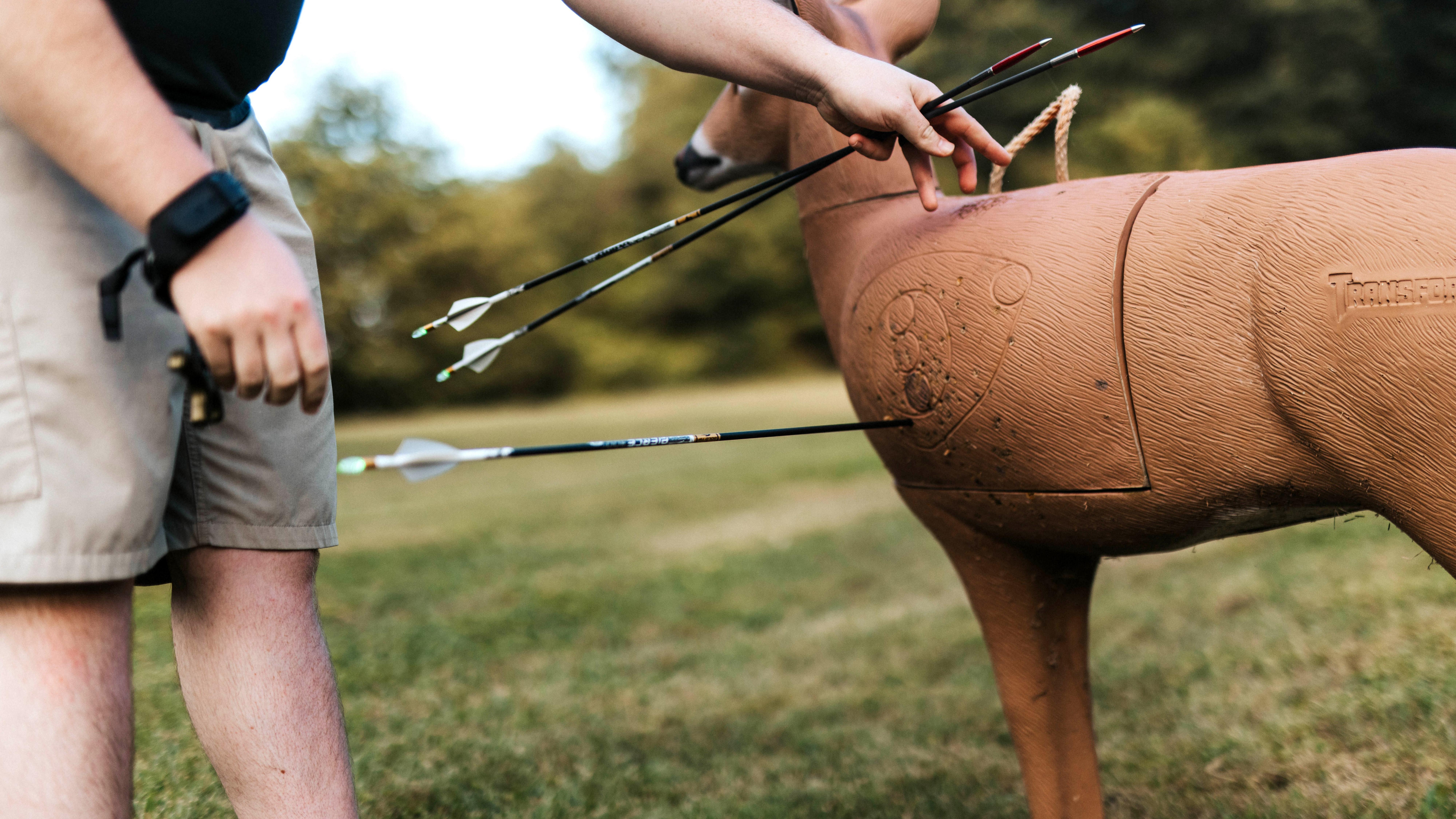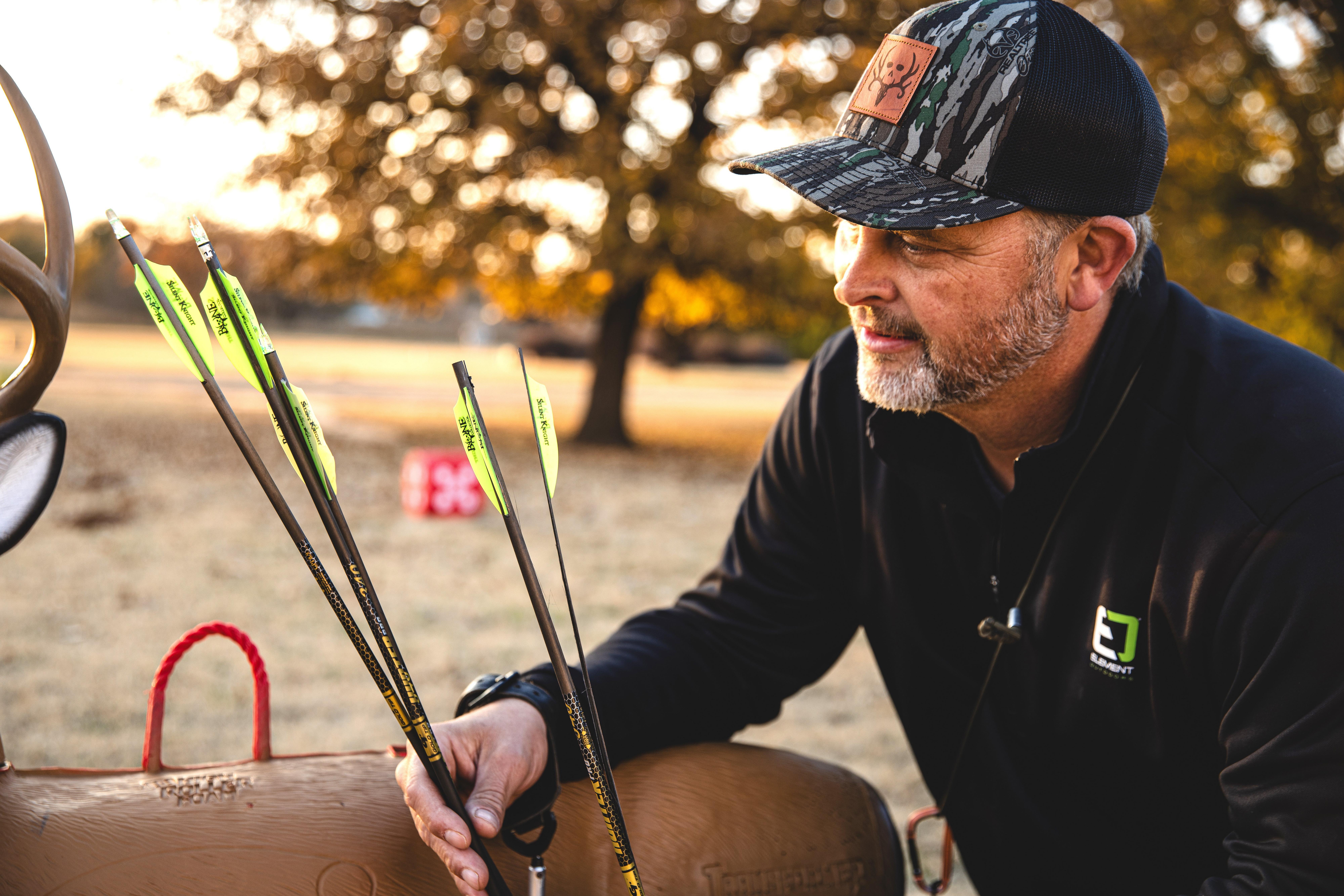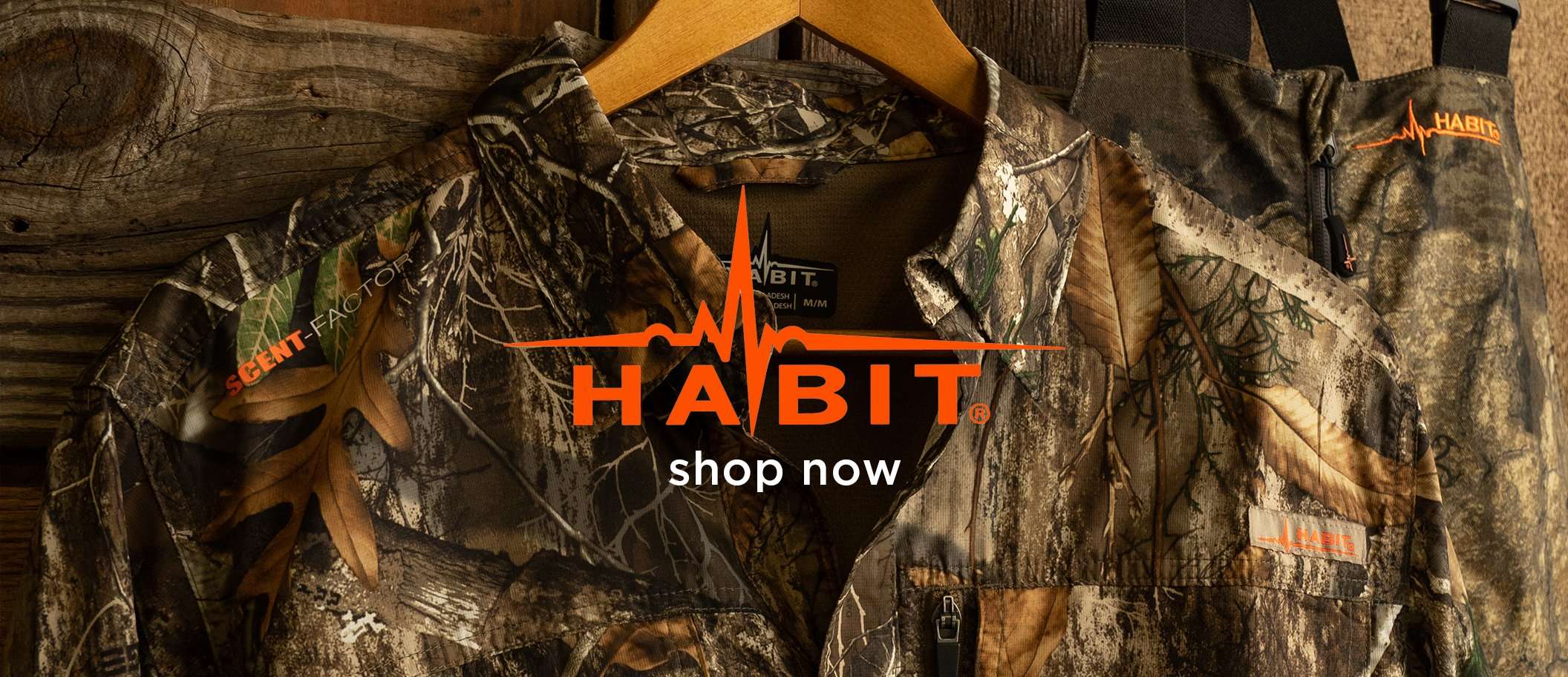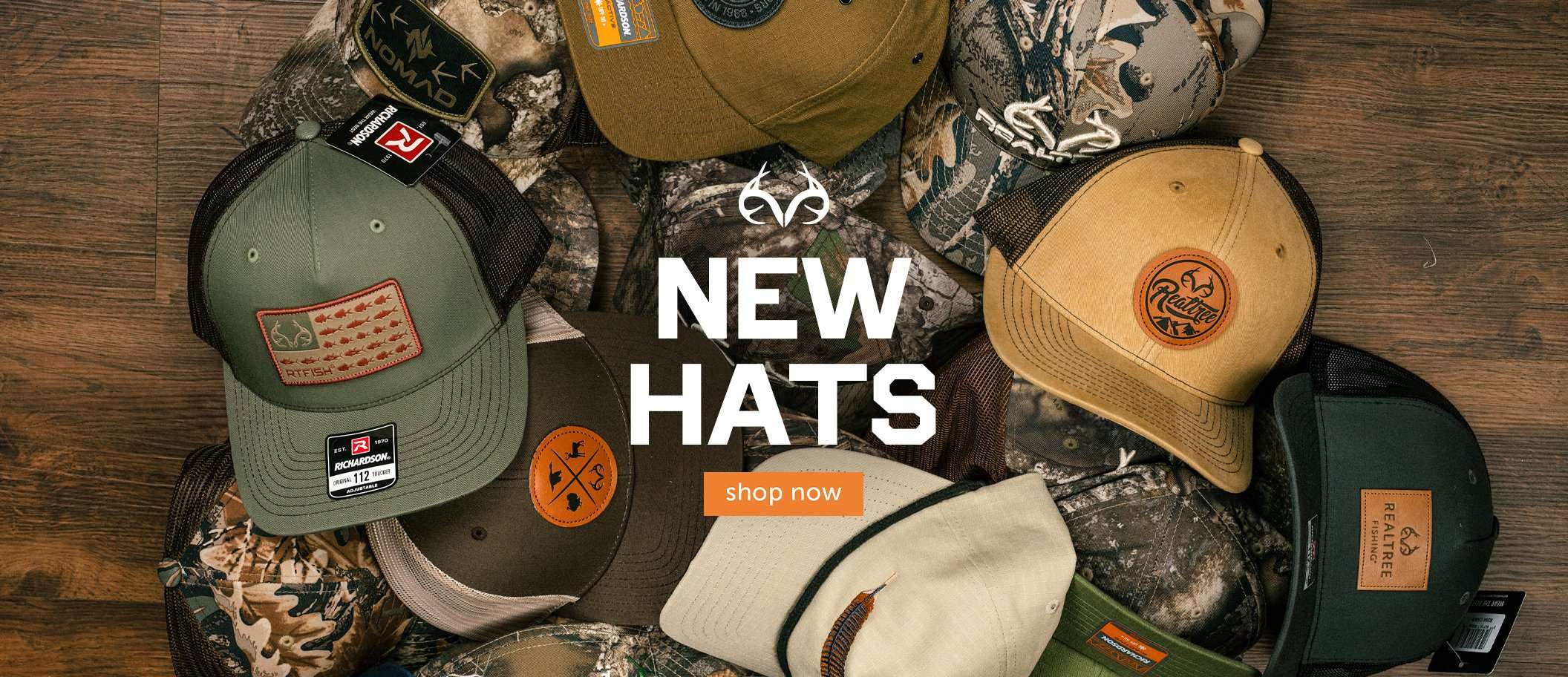A few extra yards can spell the difference between a successful hunt and an encounter, so tighten up your archery game before hitting the woods this fall

Although backyard practice helps you maintain shooting form and muscle memory, consider elevating your practice by creating difficult shot challenges that are as similar to hunting as possible. Photo courtesy of Morrell Archery Targets.
The buck from your trail cameras has finally appeared. He’s moseying along an oak ridge, feeding on acorns. Five more steps and he’s yours. A doe appears down the ridge, and he turns broadside to investigate.
“Do I or don’t I?” you think, knowing he’s beyond your comfortable range. The buck follows the doe, leaving you with another one-that-got-away story. Bummer.
Having an animal out of range is how bowhunting goes sometimes, but ponder something. Rather than say, “I can’t make that shot,” try reframing it to, “How can I make that shot?”
I’m not suggesting that you should change your mind during the encounter and try taking a poke. I’m challenging you to consider past close calls and think about how you can extend your effective range by 5 or even 10 yards. Here are some ideas.
CHECK OUT OUR LATEST CAMO PATTERN: Realtree APX
Make Your Bowhunting Practice More Challenging
Too often, bowhunters practice on flat ground at the local archery range or in their backyards. Repetition keeps your form and muscle memory sharp, but mindlessly flinging arrows at 20 and 30 yards — easy shots for a lot of bowhunters — does little to challenge your shooting skills.
I realize that not every hunter has land on which to set up 3-D targets, but if you do, try to create shot challenges that involve the consequence of a lost or broken arrow. How about a long shot with a pond or lake in the background, or a shot that requires you to thread the needle between limbs or branches? That will take you out of your comfort zone. When you get past your initial fears, you’ll likely develop more confidence.

To truly test your archery skills, shoot from distances well beyond what you’d shoot while bowhunting. It will make shots at or near your maximum effective range seem much easier. Photo courtesy of Morrell Archery Targets.
Another way to stretch your archery skills is to shoot farther than ever before. If you have a place to do it, try shooting well beyond the maximum distance you’d shoot while bowhunting. I often shoot elk and deer targets down my long driveway from 100 to 130 yards. When I move up to 60 to 70 yards, it feels like a slam dunk.
Practice shooting from saddles, tree stands, and ground blinds, or however you hunt. Wear your Realtree camo. A lot of the doubt that creeps in during an encounter with a deer or other game animal occurs because of the disconnect between our practice and actual hunting. Try to make your practice more like hunting.
Get a Slider Sight
Archery requires precision. If you’re using a fixed-pin sight and are faced with a 53-yard shot, you’d better hold just right to hit where you want. Some folks are great at holding high, low, or even imagining a pin between two actual pins. Others are not.
Even if you are good at it, it’s nice to have the option to dial a pin to the exact shot yardage. Many hybrid sights have fixed pins with the option to slide or dial the bottom pin or even two or three pins to specific yardages on a sight tape. I’ve used three models from Spot Hogg, and I’m currently using UltraView Archery’s UV Slider.
This past December, I stalked a mature buck that was feeding slightly quartering away at 55 yards. I had plenty of time to evaluate the shot, and I dialed my UV Slider to 55 yards. My confidence was high because I had a pin for the exact yardage. I made a great shot.
DON’T MISS: Get Your Bow Ready For Hunting Now
Buy a High-End Release
Many bowhunters buy high-end bows but skimp on a release or keep their 20-year-old relic. If the release you’re shooting isn’t smooth or has no adjustability, you can’t expect to shoot well at long ranges.
The farther the target, the more difficult it is to hold a pin steady on the vitals. Add adrenaline, and it becomes more difficult. The longer you hold at full draw while squeezing the trigger, the more you can expect your pin to float, which causes anxiety and the demise of accuracy. Many accurate long-range archers find the best accuracy with releases that break cleanly with minimal pressure when their sight pin locks where it needs to be. That’s because the shot fires before the muscle shakes from holding at full draw set in.
Ditch the Cheap Arrows
If you bought cheap arrows from the local retail giant, don’t expect pinpoint accuracy at long distances, especially when you thread some broadheads into them. Inexpensive arrows usually have poor straightness and weight tolerances. Look for arrows with a plus or minus .001-inch straightness tolerance and a plus or minus 1-grain weight tolerance to optimize long-range accuracy.

If you want to shoot well at long distances, don’t buy cheap arrows with poor straightness and weight tolerances. Buy premium arrows with premium specs for the best accuracy and consistency. Photo courtesy of Morrell Archery Targets.
Get a Longer, Heavier Stabilizer
When I bought my first legitimate compound bow, it had no stabilizer. I eventually purchased a small one, and my arrow groups shrunk immediately. As I gained more experience and started shooting at longer distances, I tried longer, heavier stabilizers. It was phenomenal how much easier it became to aim and group my arrows.
DON’T MISS: Utah Outfitter Pleads Guilty to Selling Canned Lion Hunts
Take your bow along when you shop for stabilizers at the local archery pro shop. The folks there will likely let you thread a few into your bow so you can find one that feels right.
Shoot Only if You Know You Can Make the Shot
You can’t guarantee arrow placement, because too many variables exist. So even if you follow the tips here and develop confidence shooting at 5, 10, or even 15 yards beyond your previous maximum effective range, it doesn’t give you the license to shoot when a deer steps out at that distance.
Let your conscience guide you. Most of us know whether we should attempt a shot, and if you have doubts, keep your arrow on the bowstring and wait for a closer shot.












